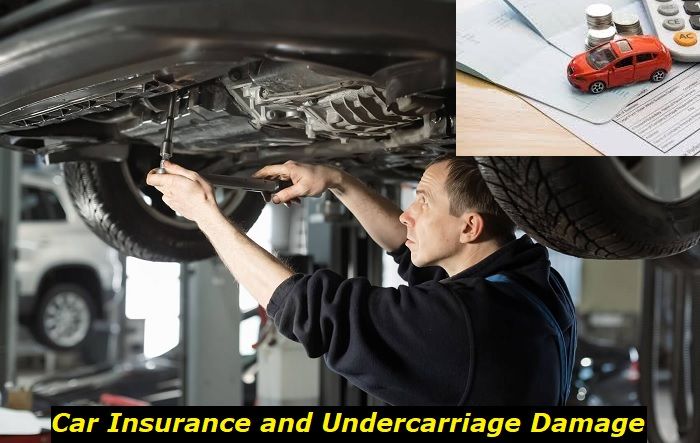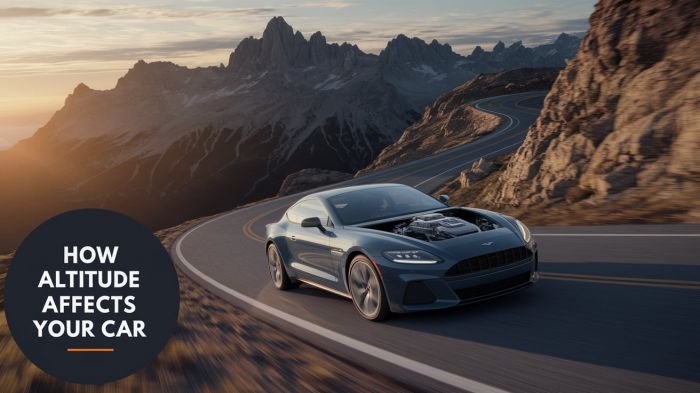When you are buying an SUV, you usually want to drive it for a long time. People who choose Honda vehicles are fans of longevity and they need a lot of miles and a lot of years from their cars. Honda's longevity is not just a myth - we know a lot of Hondas that are ready to compete with the most durable cars in terms of longevity. But what about the CR-V?
The compact SUV is not that bad in terms of quality, but it still has some weak links that we'll tell you about. And not all generations of the CR-V are actually good and are going to give you a long time of good driving. Today, we are going to sort out whether you can buy a Honda CR-V for a long time or you should get rid of this SUV at a certain mileage.

Here's what we'll be talking about:
- Honda CR-V average longevity for all generations - how long will it go?
- How many miles will the new Honda CR-V last?
- What are the main problems you can have with your Honda CR-V?
- What should you do to expect better mileage from your Honda?
Let's get started!
Each generation Honda CR-V longevity - what's good and bad?
We aren't going to tell you a lot of theory now because you probably just want to know the fact - how many miles can a Honda go? But what year Honda CR-V do you have? What engine is it powered with? So many questions that we've decided to make a list and split the first part of our article to different generations of the CR-V.
So, here's what we've got:
- The first generation of Honda CR-V (1997 to 2002). Maybe, this is the best generation of the CR-V and it has only one problem - it's old and is not interesting for purchase anymore. These SUVs could go over 300,000 miles thanks to their simple 2-liter engine, simple transmissions, and simple technologies. Just nothing was making you nervous in this car.
- The second generation of Honda CR-V (2002-2007). Actually, these vehicles could also go around 300,000 miles, but overall reliability became worse than with the first-generation CR-V. The vehicle still has good engines and transmissions and basically no serious common problems.
- The third generation of Honda CR-V (2007-2012). Well, these cars are still on the road and are still worth some money. And this generation lost its longevity dropping it to 250,000 miles. The engines were still OK, but some electronics started malfunctioning. Also, there were quite a lot of problems with suspension, the 4WD system, etc.
- The fourth generation of Honda CR-V (2012-2017). Here, we should outline pre-facelift versions and after-facelift models. The CR-Vs before 2015 saved their longevity at 250,000 miles approximately adding some big problems with rear suspension. But actually, the vehicles were problem-free. But after a facelift in 2015, they got the CVT transmission that could last 120,000 miles dropping the average longevity of the SUV to 200,000 miles.
- The fifth generation of Honda CR-V (2017-now). This is the new generation that is going to be replaced with something fresh soon. We would say that everything in the new CR-V became worse than it was before. Engines, transmissions, drive systems, body protection, etc. - everything deteriorated and you just have to put up with it. The new CR-V will probably go around 180,000 miles.
We will talk more about the new CR-V and its longevity because we also have to differentiate between different equipment in this car. But you can clearly see that starting with 300,000 miles in the first generation and finishing with the 180,000 miles of longevity with the last generation, Honda shows one stable trend - its vehicles become less reliable over time.
More about the new CR-V longevity
We should say that 180,000 miles of longevity is just an average presumption of what you can get. And it depends much on which trim and which engine you choose. It's not a secret that the longevity of a vehicle depends on the engine and transmission. Once something of these units fails, the vehicle is dead because repairing it usually isn't worth it.
And in the new CR-V, we know about some problems with reliability and longevity. It's not about the common problems with the CR-V model which we'll be talking about later. It's just about the problems with the new generation that can affect longevity.
So, here are the most obvious ones:
- 1.5-liter turbocharged engine is not going to be very durable. It starts showing some problems early and then it can just die and require very expensive repair after 150,000 miles or even sooner.
- Both hybrid versions (mild hybrid and plug-in hybrid) aren't very reliable. They are technically complicated and when they break, you aren't likely to find someone who can repair them for decent money.
- Diesel engines are available in some countries. And they are both pretty durable, but the fuel injection system is faulty and they are pretty expensive to replace. This is a major problem because fuel injection fails at 120,000 miles and requires an expensive repair.
- The CVT transmission is just bad. Well, it works nicely and allows for comfortable driving, but actually, this transmission fails at 120,000 or 150,000 miles, and replacing it costs a fortune.
- The rear suspension is still faulty. After 40,000 miles it starts lowering and you need to replace the coils or do something else to level the vehicle. This is a problem that hasn't been solved since 2015.
Though we have to say that Honda CR-V doesn't bother you much with minor problems. It will show you a big problem at 40,000 miles with its suspension and then another big problem with its CVT transmission and 1.5 turbo engine, but minor issues are a rare thing.
Even though we don't like the idea of equipping good cars with unreliable units, the CR-V can still compensate with the quality of driving. Your driving experience with this vehicle will only be good and pleasant. But the price of maintaining and repairing the vehicle is just insanely high.
What's with body rust?
First rust may appear after 2-3 years underneath your CR-V. Some parts will start covering with rust and you will not be able to do anything. But we should say that at least 7 years you will not see any perforations. The rust protection is still good or average.
But once rust starts perforating the body, you should get rid of your CR-V. Because repairing and repainting it will cost you a fortune. And doing a high-quality job will cost you two fortunes. So, it doesn't make sense to try and reanimate your SUV if it's all covered with rust.
How to make your Honda CR-V last longer?
Actually, the recommendations are just the same as for many other cars. You need to change the oil and filters regularly, you also need to pay attention to any minor problems and try and deal with them as fast as you can. Also, watch your vehicle to see any rust and try to prevent any body damages.
But we also found some special recommendations you may miss:
- change the oil in your CVT once every 50,000 miles or even more often - it will prolong its life;
- never tow anything with your CR-V because this may kill your engine and transmission much faster;
- avoid overloading the rear end of the vehicle - it will save the rear suspension from lowering;
- don't tune the engine and avoid any modifications - your engine will last much longer without mods;
- after 100,000 miles, change the oil in your CR-V engine more often than usual.
This will prevent any damage to the most expensive units of your vehicle. If you follow these simple rules and tips, you will be able to drive more miles. But unfortunately, in most cases, the new CR-V will not be able to drive as much as the old one.
To use your CR-V longer, choose the classic 2.4-liter engine and service it regularly. You shouldn't use your CR-V for off-roading, it's made for cities and highways, not for mud and sand.
Final words
We know that many people think that Honda CR-V is one of the most durable SUVs in the world. But today, we tried to deliver true information to you. We hope, this will help you estimate objectively all the options of SUVs and choose the best option for you. We don't want to say that the CR-V is a bad vehicle to buy. But it's not more durable than many other SUVs on the market now.
You should compare the prices, technical specs, equipment, and driving emotions of different cars before you make a certain choice. But anyway, the CR-V is actually a good car and it will bring a lot of driving pleasure. You just need to put up with worse longevity than you might expect from it.
About the authors
The CarAraC research team is composed of seasoned auto mechanics and automotive industry professionals, including individuals with advanced degrees and certifications in their field. Our team members boast prestigious credentials, reflecting their extensive knowledge and skills. These qualifications include: IMI: Institute of the Motor Industry, ASE-Certified Master Automobile Technicians; Coventry University, Graduate of MA in Automotive Journalism; Politecnico di Torino, Italy, MS Automotive Engineering; Ss. Cyril and Methodius University in Skopje, Mechanical University in Skopje; TOC Automotive College; DHA Suffa University, Department of Mechanical Engineering






Add comment